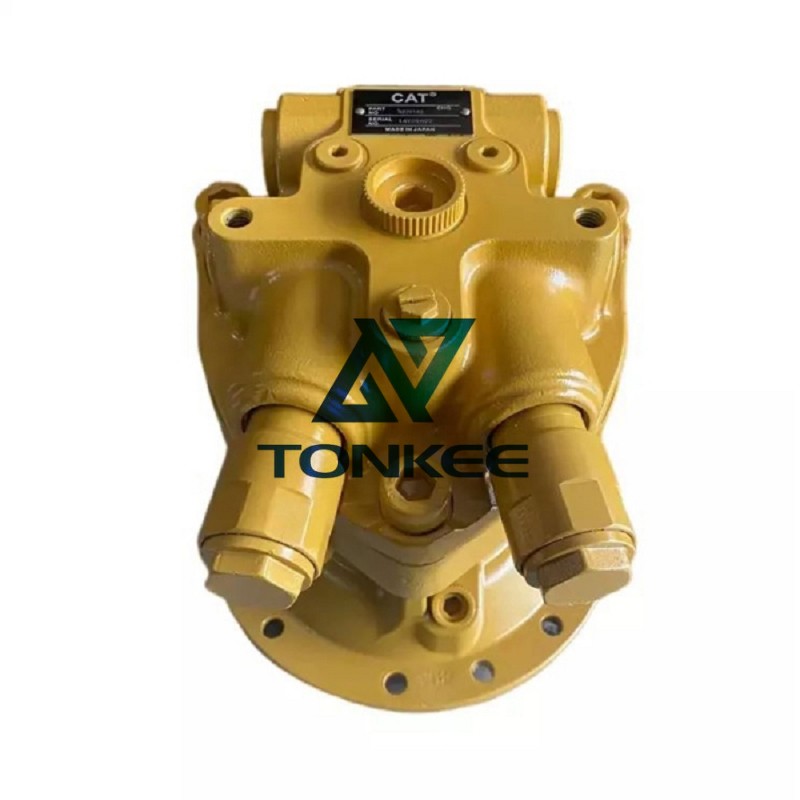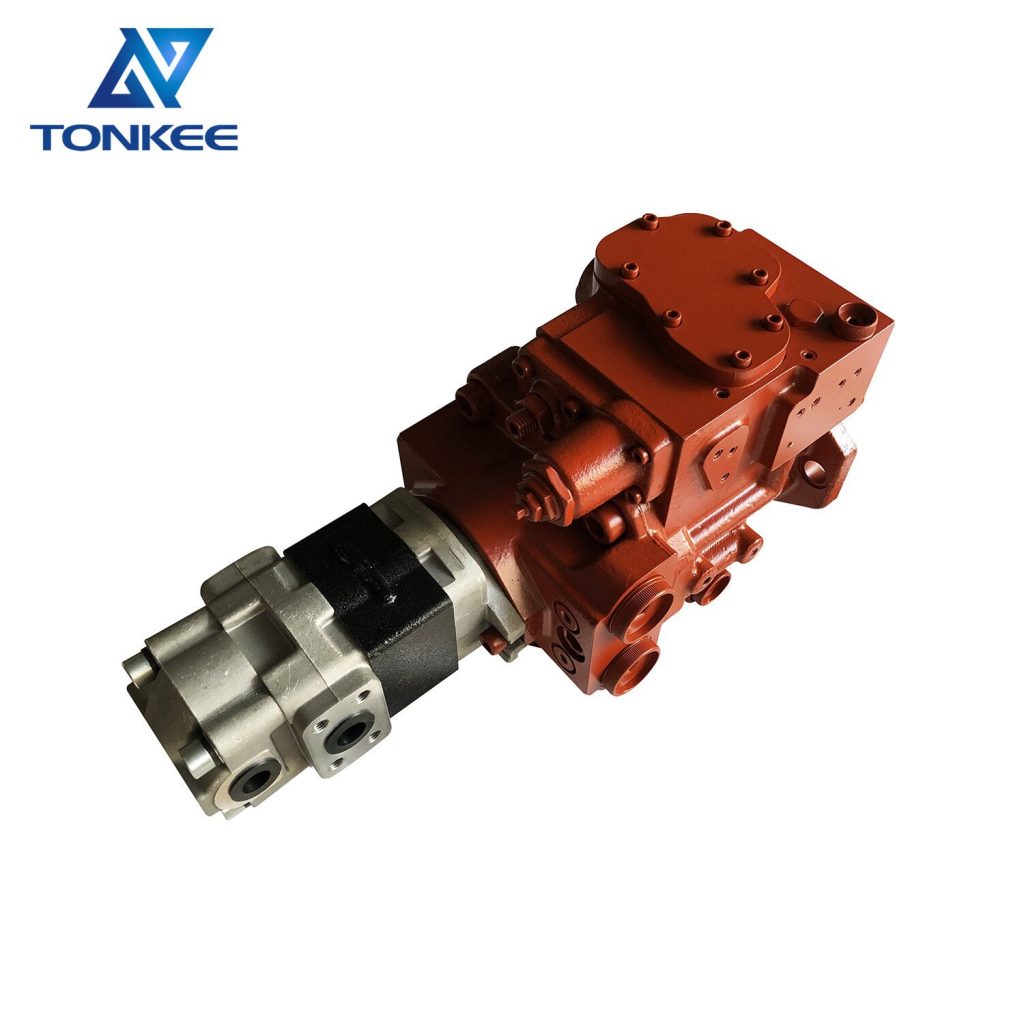
A typical piston motor consists of several key components: a cylinder, a piston, a piston rod, and valves.
The cylinder is a cylindrical chamber where the piston moves back and forth. The piston is a solid, cylindrical object that fits snugly inside the cylinder. A piston rod is connected to the piston, and it extends out of the cylinder, allowing for the transmission of mechanical work.
Piston motors operate on the principle of reciprocating motion. The motion of the piston is driven by the pressure of a fluid, which can be a gas (as in an internal combustion engine) or a liquid (as in a hydraulic system). The fluid is introduced into the cylinder, where it pushes the piston in one direction. As the piston moves, it performs mechanical work. The motion is controlled by valves that regulate the flow of fluid into and out of the cylinder.
Types of Piston Motors
There are two main types of piston motors: hydraulic and pneumatic.
Hydraulic Piston Motors: In hydraulic systems, a liquid (usually hydraulic oil) is used to create the pressure that moves the piston. These motors are known for their high power output and precision control, making them suitable for heavy machinery, industrial equipment, and construction vehicles.
Pneumatic Piston Motors: Pneumatic piston motors use compressed air to move the piston. While they offer lower power compared to hydraulic motors, they are often used in applications where cleanliness is crucial, such as in the food and pharmaceutical industries.
Specifications and Performance
Several important specifications and performance factors define the capabilities of a piston motor:
Displacement: The displacement of a piston motor refers to the volume of fluid it displaces with each stroke of the piston.
It is typically measured in cubic inches or milliliters per revolution.
Operating Pressure: This is the pressure of the fluid required to move the piston and generate mechanical work. Hydraulic systems can handle much higher pressures than pneumatic systems.
Speed and Torque: The speed and torque output of a piston motor depend on factors such as the piston size, operating pressure, and load. These parameters are crucial for determining the motor's efficiency and suitability for a specific application.
Efficiency: The efficiency of a piston motor is a measure of how effectively it converts fluid energy into mechanical work. It's expressed as a percentage and is influenced by factors like friction, leakage, and heat generation.
Control and Valving: The control of a piston motor is achieved through various types of valves that regulate the flow of fluid into and out of the cylinder. Precise control is essential in many applications.
Lubrication: Proper lubrication is vital to reduce friction and wear between moving parts. In hydraulic systems, hydraulic oil provides lubrication, while pneumatic systems require minimal lubrication.



 English
English Русский язык
Русский язык




